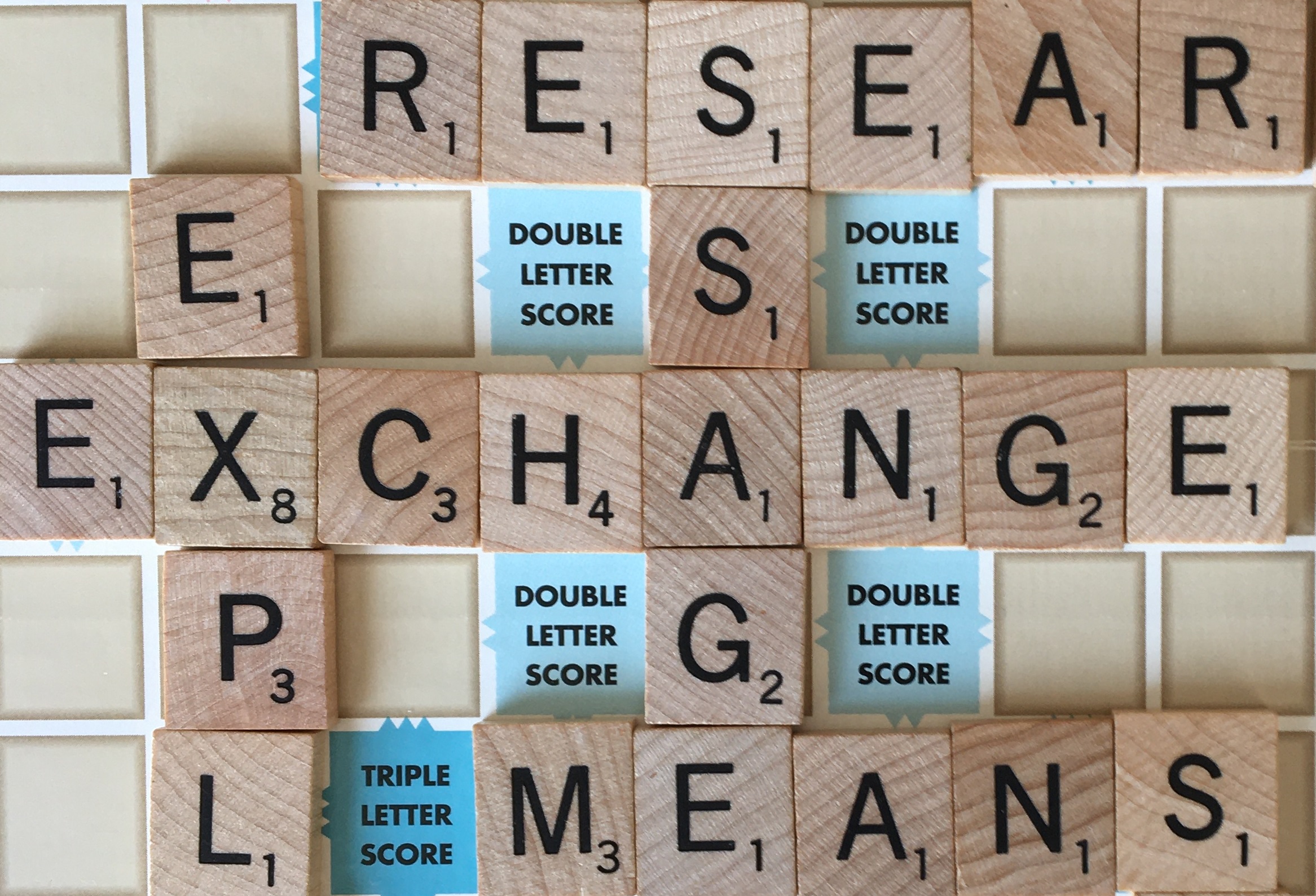Read the Research No. 2
"Effective reading is an active process, in which you decide what you need from a particular paper and use that to design your approach to it."
— Stephen Heard, The Scientist's Guide to Writing
So, basically, there are different ways of doing the reading, and some ways are effective and some ways are not effective. In science, the reading should be done effectively, and it is for this reason that the reading done by scientists can be sorted into techniques.
For most reading done outside of science, technique is not an apt description. I mean, the average person is not called upon to apply technique to the novels on their summer reading list, nor would anyone expect of the average citizen that they approach the annual tax documents using a special fiscal reading technique. No, reading techniques will tend to arise only in fields of expertise, and since leisure and the fulfillment of one's civic duties are not generally perceived to be fields in which one strives for expertise, readers there rarely feel the need to apply technique to their reading.
However, science is the very definition of expertness, and scientists sorely do feel the need to be reading the literature with technique. That is why I want to introduce here a new term, because the old terminology for thinking about reading in the sciences just will not do for current practices and current purposes.
My term is scientific reading, and my reason for introducing it is as follows. Just as we know that the writing done by scientists deserves the label scientific writing because the act is done by technique, the act is done to expert ends, and the act produces a text characterized by technicality; likewise, I say, there must be this new label, scientific reading, because the act of reading is also technique-driven and purpose-laden, and the act is applied only to the technical text of research papers. Really, scientific reading deserves its place in the Scientific Method, just as do the writing, the hypothesizing, the sampling, the coding, the experimenting, the analyzing. Now there is the reading too.
Scientific reading is the subject of the quotation which opens this post. In fact, Stephen Heard dedicates an entire chapter of his book to the range of reading techniques which every scientist needs to be skilled at in order to use the literature to his or her own research purposes. Stephen sets up a continuum from reference reading, through survey reading, to deep reading, with scalar points all along the continuum between, so for example, light deep-reading, lighter deep-reading, survey-character light deep-reading, and so on.
Graphically, you might picture the reading techniques lined up like this:
reference survey deep
Now, as to the main orientation points, reference - survey - deep, I'll summarize them below, but really, I encourage you to go out and buy Stephen's book because it's an excellent guide on all matters relating to reading and especially to writing in the sciences. I've spoken with Stephen too, so check that out if you're interested.
Right, now these are the main orientation points on the continuum of scientific reading:
reference reading You read to learn a bit of information. You use the paper as a reference work. Stephen's caution here is, "Before citing or relying on a bit of information, you must assess your confidence in it." Here is where your skills at scientific reading are in high demand, because you want to be fast, but you must remain thorough.
hybrid techniques between reference and survey
survey reading You read at strategic points across numerous papers in order to determine which papers are relevant to your project and in precisely which respects. Stephen recommends a technique that is both directed and selective. Your technique is directed when you are reading not with a general interest in mind, but instead with a highly specific question on the tip of your tongue. And your technique is selective when you are reading only at key places in the text of the paper, so for example, at the Abstract or at the first sentences of paragraphs. Survey reading is your solution to the problem THERE-IS-TOO-MUCH-TO-READ — or as Stephen so vividly describes the problem: You survey-read in order to drink from the firehose of science without having it blow off your mouth, cheeks, and chin.
hybrid techniques between survey and deep
deep reading You read slowly, and you read with great care. The papers you deep-read will have passed your most stringent tests for relevance to your project. This relevance gives you good grounds for reading with much deeper and also with much broader concerns in mind. Stephen suggests that you print out your papers for deep reading, because we read off paper with "deeper comprehension" than when we read off of screens. Also, Stephen advises that you heed the textual signals the authors send you through such word choice as importantly or may scale up successfully or the core idea is or any of the other linguistic markers of author interpretation which get strewn throughout a scientific text. Here, again, your skills at the reading are in ultrahigh demand.
So, my message for you this week is,
Read with purpose!
While my neologism of the week is,
scientific reading
And, your takeaway from that new term is,
Scientific reading is as technical as any other method in your security-and-privacy research.
Please email comments or questions to daniel.shea∂kit.edu
This blog is for you.

